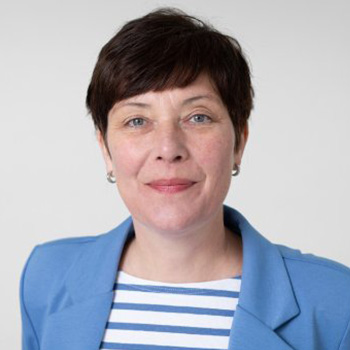Innovation and research for breakfast
Innovation and research for breakfast: a conversation with members of the Bundestag
Together with the Helmholtz centres Berlin (HZB) and Dresden-Rossendorf (HZDR), DESY has developed a national strategy for the further development of accelerator-based light sources. In the rooms of the German Parliamentary Society in Berlin, the three directors Bernd Rech (HZB), Sebastian Schmidt (HZDR) and Helmut Dosch (DESY) presented their strategy to the invited members of the Bundestag on 13 May 2022. Beatriz Roldán Cuenya, Director at the Fritz Haber Institute of the Max Planck Society, also reported from research practice.
During the Parliamentary Breakfast, the participants discussed various questions on research and innovation as well as concrete concerns of the members of the Bundestag. The freedom of basic research was addressed, as were the promotion of innovation and spin-offs through the research strategy.

“The light sources of the Helmholtz research centres are pushing the boundaries of our knowledge bit by bit, creating the basis for tomorrow’s innovations,” said Helmut Dosch, coordinator of the Helmholtz research field “Matter” and Chairman of the DESY Board of Directors.
Together, the directors detailed how accelerator-based light sources reveal the inner workings of the coronavirus or detect candidates for new drugs. They enable the analysis of catalysts that use sunlight to produce hydrogen and thus pave the way for a climate-neutral economy. They provide insights into completely new types of materials that advance digitalisation. The light sources secure the innovative edge for Germany in many other areas and thus help to build bridges to the economy.
“In order for Germany to remain a high-tech country in the future, we need the new research facilities. The scientific community at the X-ray light sources has presented its progress strategy, now we need the support from politics,” said Helmut Dosch at the end of the event.
DESY plans to expand its X-ray light source PETRA III into the ultimate 3D X-ray microscope PETRA IV. The large-scale research facility will generate brilliant X-ray light focused on a very small spot. The new facility will offer globally unique analysis capabilities and zoom deep into materials of all kinds. PETRA IV will provide improved techniques for studying complex processes in nature and technology in real time and under realistic operating conditions.

Heidrun Hillen
I am happy to answer your questions about PETRA IV.

